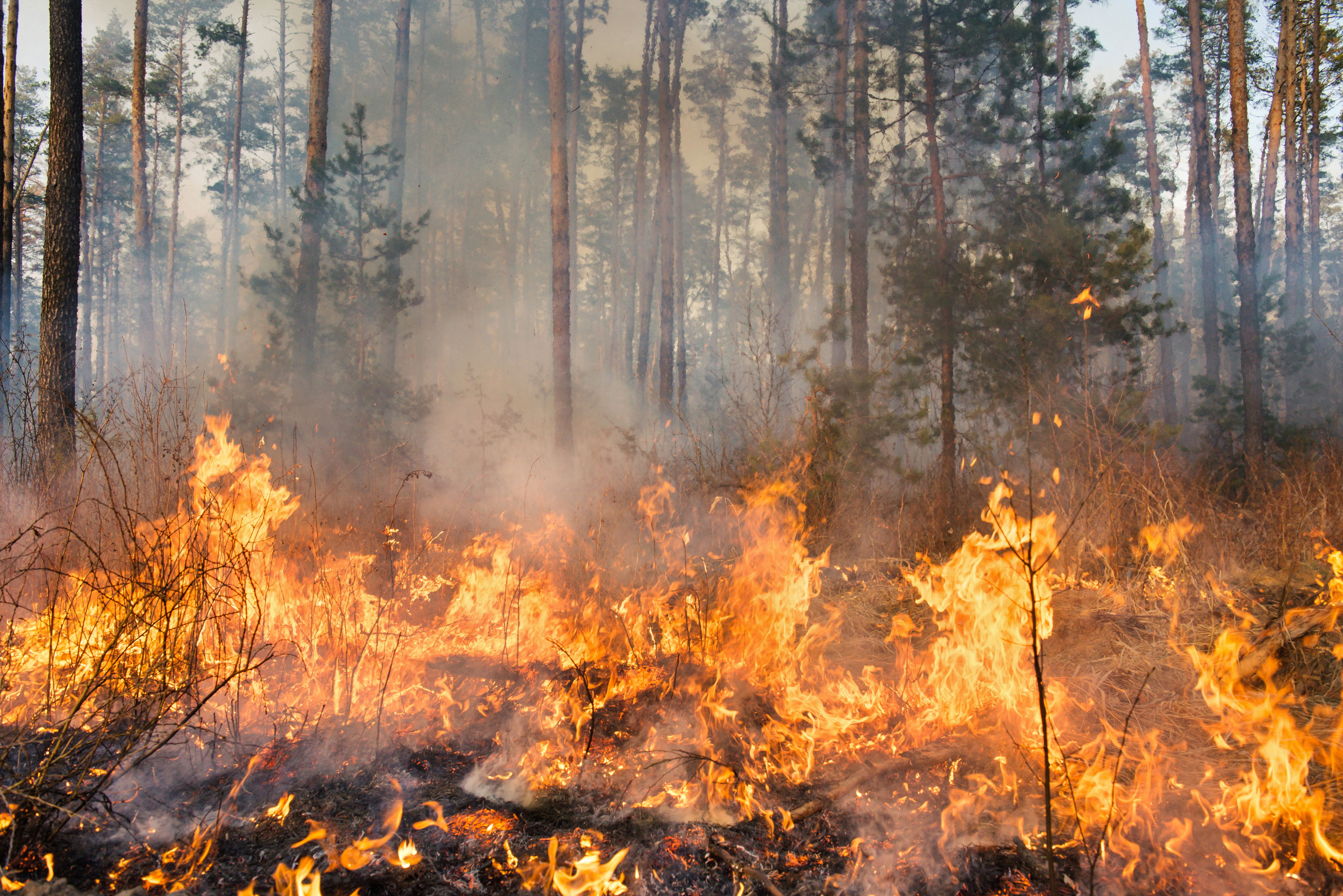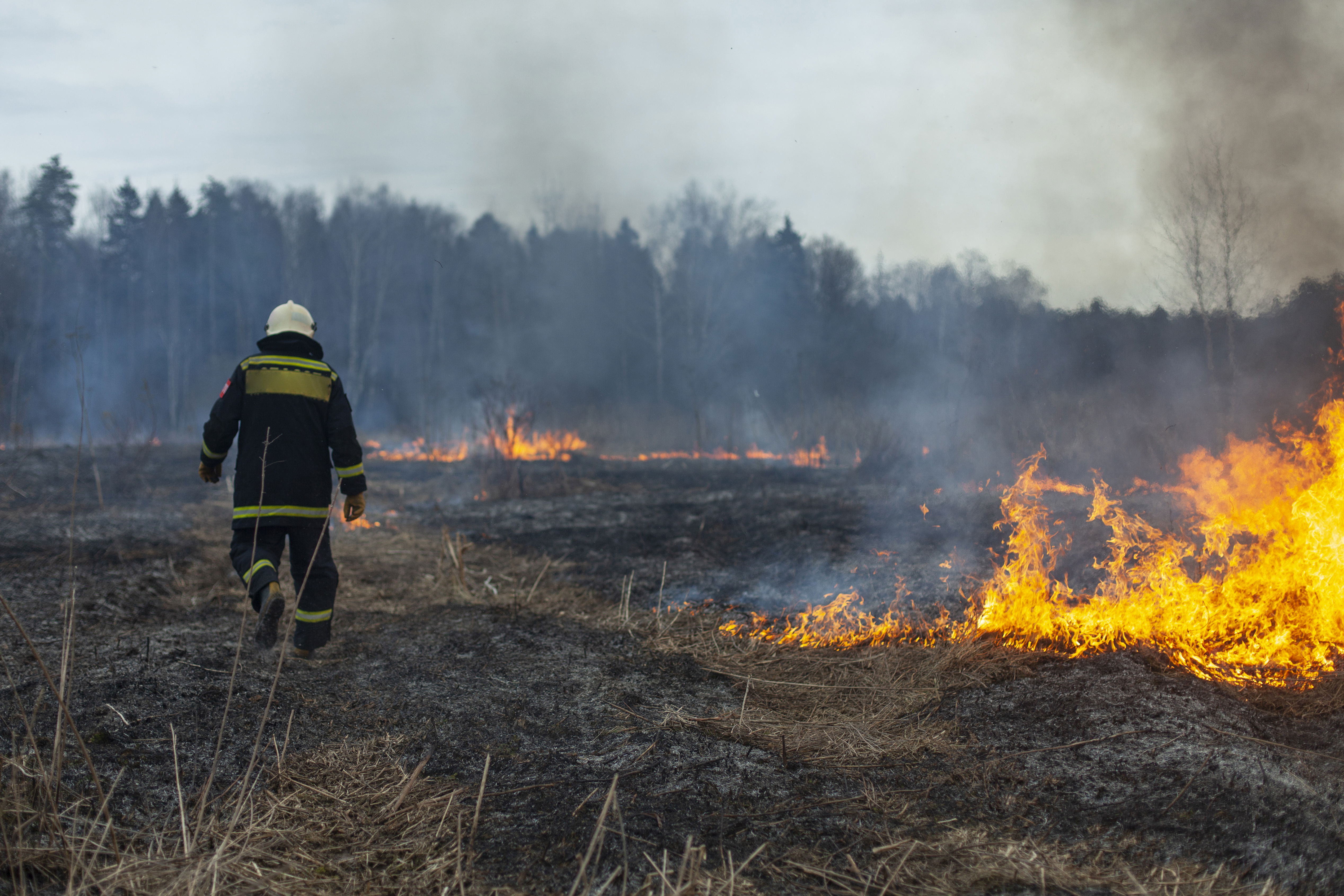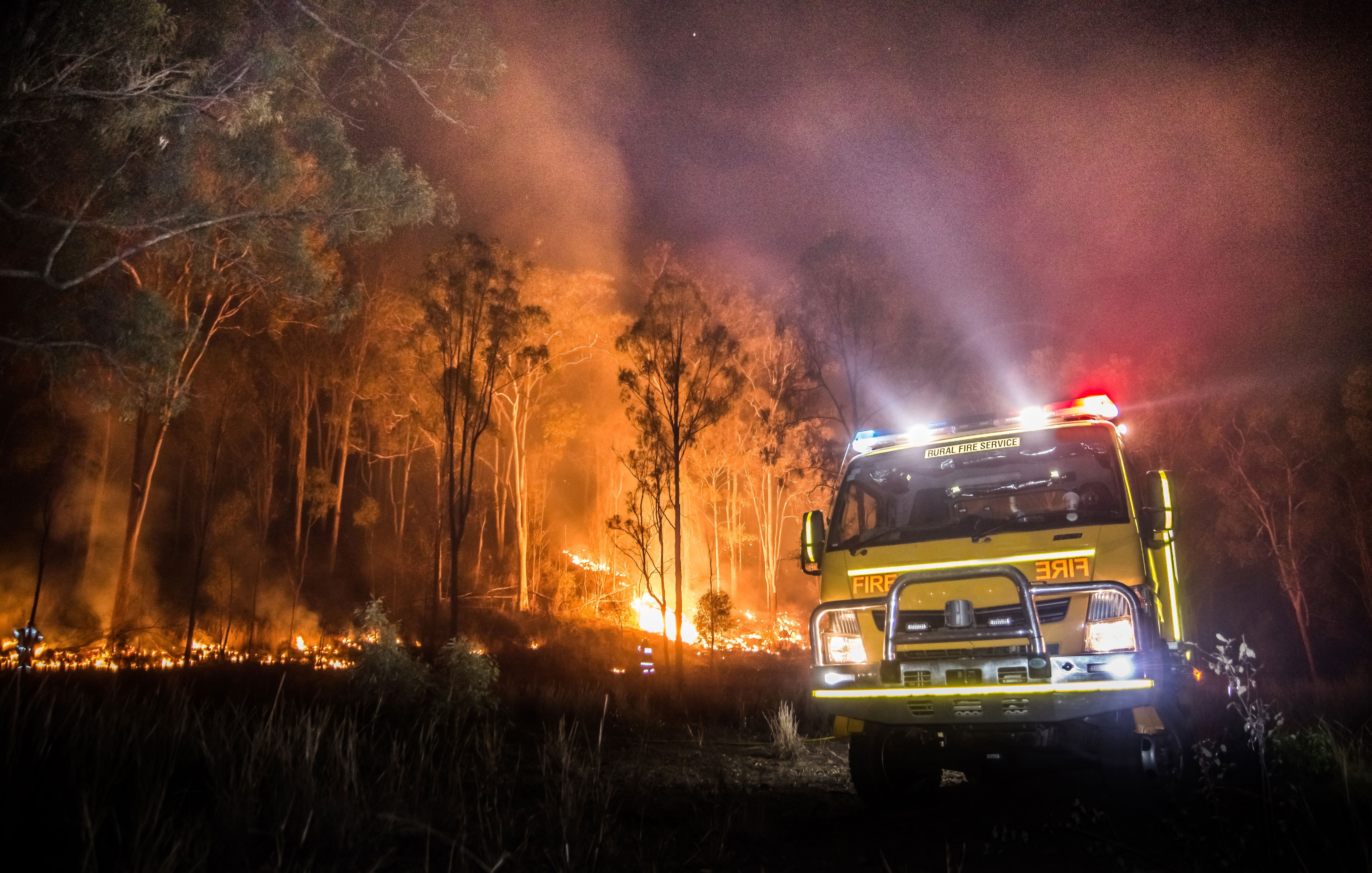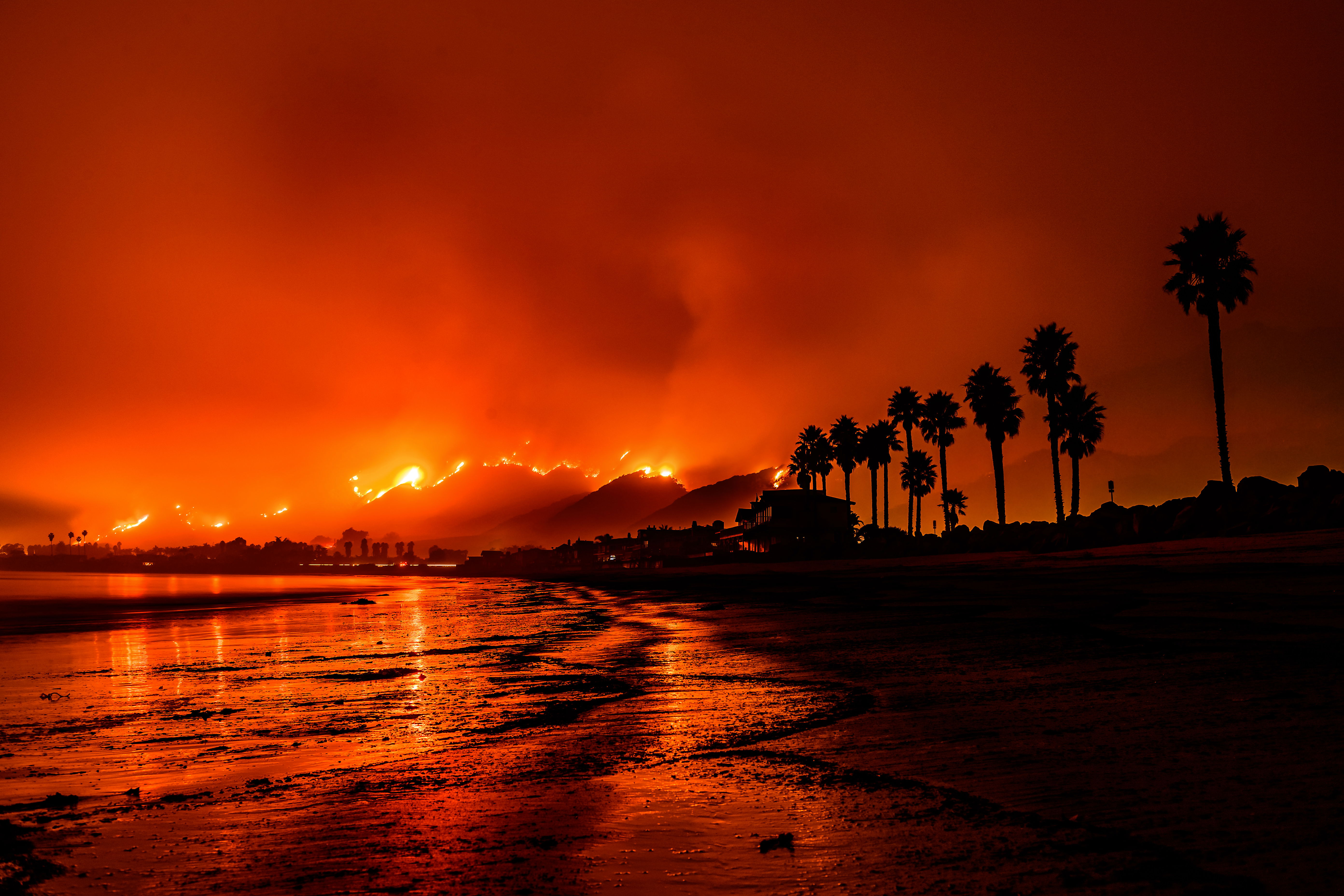How to act in case of forest fires around you
Understanding Wildfire Causes
Wildfires have both natural and human-induced origins. Lightning strikes are a primary natural cause, while human activities significantly contribute to fire risks.
Negligence, such as leaving campfires unattended or improperly discarding cigarettes, increases the likelihood of wildfires.Inadequate forest management also plays a role.
Without proper planning, dead plant matter accumulates, becoming potential fuel. Implementing better strategies to reduce combustible materials can mitigate this risk.Irresponsible camping poses another threat.
Campfires should be thoroughly extinguished, and reckless behavior like tossing cigarettes or leaving fires smoldering must be avoided.
Increased outdoor recreation in forested areas further complicates matters, as vehicles and machinery can spark fires under dry conditions.
Understanding these triggers is crucial for effective wildfire prevention. By comprehending patterns and behaviors, we can promote responsible forest interaction and create safer environments for all.
Preparing Before a Wildfire
Preparedness is our strongest ally against the unpredictable nature of wildfires. Education and practical steps can significantly reduce the risk of damage and ensure our safety. Where should we start?
Ensure every household member understands wildfire risks, causes, and behavior
Practice fire drills and familiarize yourself with escape routes
Know your local emergency management plans
Create and regularly practice an emergency plan
Equip your home with smoke detectors on every level
Maintain your property by clearing roofs and gutters
Consider using fire-resistant plants and materials in landscaping
Create a defensible space around your property by clearing a buffer zone free of brush, trees, or flammable materials. Keep grass short and remove dead vegetation to improve your home's survival odds.

Emergency Kit Essentials:
Water
Non-perishable food
First-aid supplies
Medications
Important documents
Essential personal items
Pet supplies
Take proactive steps like learning manual operation of garage doors and gates, knowing how to turn off utilities, and considering investing in a generator. Maintain at least half a tank of gas in your vehicles and keep portable phone chargers on hand.
Remember, preparedness is an ongoing practice of awareness, maintenance, and education.
By staying vigilant and well-prepared, we protect our homes and loved ones while contributing to a safer, more resilient community.
Essential Evacuation Supplies
Having a well-prepared "Go Bag" ensures you can evacuate quickly and safely during a wildfire. What should it contain?
Category | Items |
|---|---|
Food and Water | Non-perishable food (72-hour supply), manual can opener, 1 gallon of water per person per day, portable water filters or purification tablets |
Clothing | Fire-resistant clothes (preferably cotton), sturdy shoes, weather-appropriate outer layers, underwear, socks, gloves, face masks |
Medications | Prescription medications, prescription copies, over-the-counter essentials |
Tools and Equipment | Multi-tool kit, emergency blankets, gas masks or N95 respirators, portable radio, flashlights, extra batteries, phone chargers, power banks |
Documents | Copies of important documents in a waterproof container, USB drive with digital copies |
Personal Needs | Infant supplies, pet supplies, comfort items |
Safety Items | Emergency whistle |
Regularly review and update your Go Bag's contents to account for changes in medications, documentation, or family members' requirements.
Keep it light enough for easy transportation but comprehensive enough to meet essential needs.
By ensuring your Go Bag is ready, you take a decisive step towards safeguarding your family's well-being in emergency situations.
Protecting and Evacuating Your Home
If time allows before evacuation, focus on fortifying your home and packing essentials.
Close all windows and doors, but leave them unlocked for firefighter access. Remove flammable window treatments and close metal shutters.
Turn off gas at the meter, pilot lights, and air conditioning.
Leave lights on to help firefighters see your home through smoke.Clear away flammable items from the exterior, including patio furniture and trash bins.
Shut off propane tanks and relocate grills away from the house.
Attach garden hoses to outdoor taps and fill buckets with water to place around your home's perimeter. Keep exterior lights on for visibility.

Final Preparation Steps:
Park your vehicle in the driveway facing outwards, loaded with your emergency kit
Place a ladder in an accessible spot for firefighters to use for roof access
Seal attic and ground vents with plywood or commercial seals to block embers
Communicate with neighbors to ensure community-wide preparedness
Double-check your Evacuation Plan Checklist
Prepare for animal safety by keeping pets close and ready to go. For farm animals, plan early evacuation, arranging transportation and safe locations.
Have an emergency supply kit for animals with food, water, and necessary medications.
Dress appropriately in clothes that fully cover your skin, preferably made of cotton, and wear sturdy shoes.
This attire acts as a crucial barrier against heat and sparks.
"Be prepared for potential power outages. Learn to manually operate garage doors and gates, and familiarize yourself with home utility boxes."
Leave immediately when advised by fire officials.
Early evacuation is the safest choice – don't wait for a mandatory order if you feel at risk.
After the fire, wait for authorities to declare your area safe before returning home. Be vigilant for hazards like downed power lines and inspect your home for hidden embers or fires.
Every step you take in preparation and action during a wildfire contributes to a comprehensive plan designed for maximum safety.
Your readiness can substantially mitigate risks and ensure the wellbeing of your family during these challenging times.

Driving and Smoke Safety During a Wildfire
During a wildfire, driving requires heightened vigilance and adherence to safety protocols.
Avoid areas with downed power lines, which pose an immediate electrocution risk.
Stay at least 10 meters away from such hazards and seek alternative routes when necessary.Dense smoke significantly impairs visibility and can mask dangers like fallen trees or compromised bridges.
Avoid driving through thick smoke, which obstructs your view and can fill your car with harmful particulates.
Keep all windows and air vents tightly shut to preserve air quality inside your vehicle.Stick to official evacuation routes curated by authorities to ensure the safest possible exits.
Trust the guidance of local officials and follow their instructions closely.
Stay tuned to local media channels for up-to-date information on road conditions, fire progression, and evacuation orders.
Essential Driving Tips:
Drive with caution, being vigilant for hazards like falling branches, erratic traffic patterns, or displaced wildlife.
Maintain a low speed to improve reaction times.
Avoid sudden stops or turns unless absolutely necessary.
Ensure your car has at least half a tank of gas.
If you see flames or if conditions worsen, consider pulling over to assess the situation. Sometimes, staying put in a well-sealed, immobile vehicle until visibility improves or help arrives is safer than driving blindly into denser smoke or unknown hazards.By maintaining awareness and caution during wildfires, you can better handle emergencies safely, reducing risks to yourself and your passengers.
Dealing with Wildfire Smoke
Smoke from wildfires poses serious health risks, making it crucial to adopt strategies to minimize exposure. Monitor air quality using platforms like the Air Quality Index (AQI) to make informed decisions about outdoor activities and necessary precautions.

Indoor Air Quality Improvement:
Use certified, high-efficiency particulate air (HEPA) purifiers.
Place purifiers strategically around your home, focusing on areas where you spend the most time.
Have spare filters available and replace them regularly.
Seal all windows and doors thoroughly using weather stripping and caulking.
Consider using heavy-duty plastic sheeting or magnetic window covers for additional protection.
Avoid using exhaust fans or systems that bring in outside air.
Reduce indoor pollution sources by avoiding activities like burning candles, using gas stoves, or vacuuming without a HEPA filter.
When going outside, wear a certified N95 respirator for crucial protection against harmful particles.
Ensure the mask fits correctly, forming a snug seal around your nose and mouth.
"If you experience symptoms like difficulty breathing, chest pain, or severe coughing, seek medical attention promptly."
By staying informed and prepared, you can significantly reduce the adverse impacts of wildfire smoke on your health and well-being.
Returning Home Safely Post-Wildfire
Returning home after a wildfire requires caution and thorough assessment. Wait for official clearance from local authorities before approaching your property. Be aware of potential hazards such as downed power lines, compromised structural integrity, and hidden fire risks.

Safety Checklist:
Conduct a careful exterior inspection for signs of damage before entering your home.
Look for cracked walls, broken windows, and compromised roofs that may indicate instability.
If in doubt, consult a professional to assess whether the building is safe to inhabit.
Inside, inspect for lingering embers in concealed areas, including attics, basements, and wall voids.
Seek help from firefighters or professional inspectors if necessary to ensure all potential fire sources are eliminated.
Address spoiled food issues by disposing of any items showing signs of spoilage or thawing. When in doubt, err on the side of caution and discard questionable items.
Document all damage to your property for insurance purposes.
Take photographs and detailed notes of visible structural damage, water damage from firefighting efforts, and personal property losses.Consider the emotional well-being of your family and pets upon return.
Provide psychological support through professional counseling or community resources as needed.Review and update your emergency plans and kits based on insights gained during the wildfire.
This can enhance your preparedness for future emergencies and strengthen your household's resilience.Remember, rebuilding and recovery take time and patience.
By following these cautious, organized steps, you can reestablish a sense of normalcy and security while prioritizing safety.
In the face of wildfires, preparedness and understanding are our strongest allies.
By grasping the causes, preparing effectively, and knowing how to act during and after a wildfire, we can protect ourselves and our communities.
Remember, it's not just about responding to fires—it's about preventing them in the first place.
by
Daniel Kim
Comments